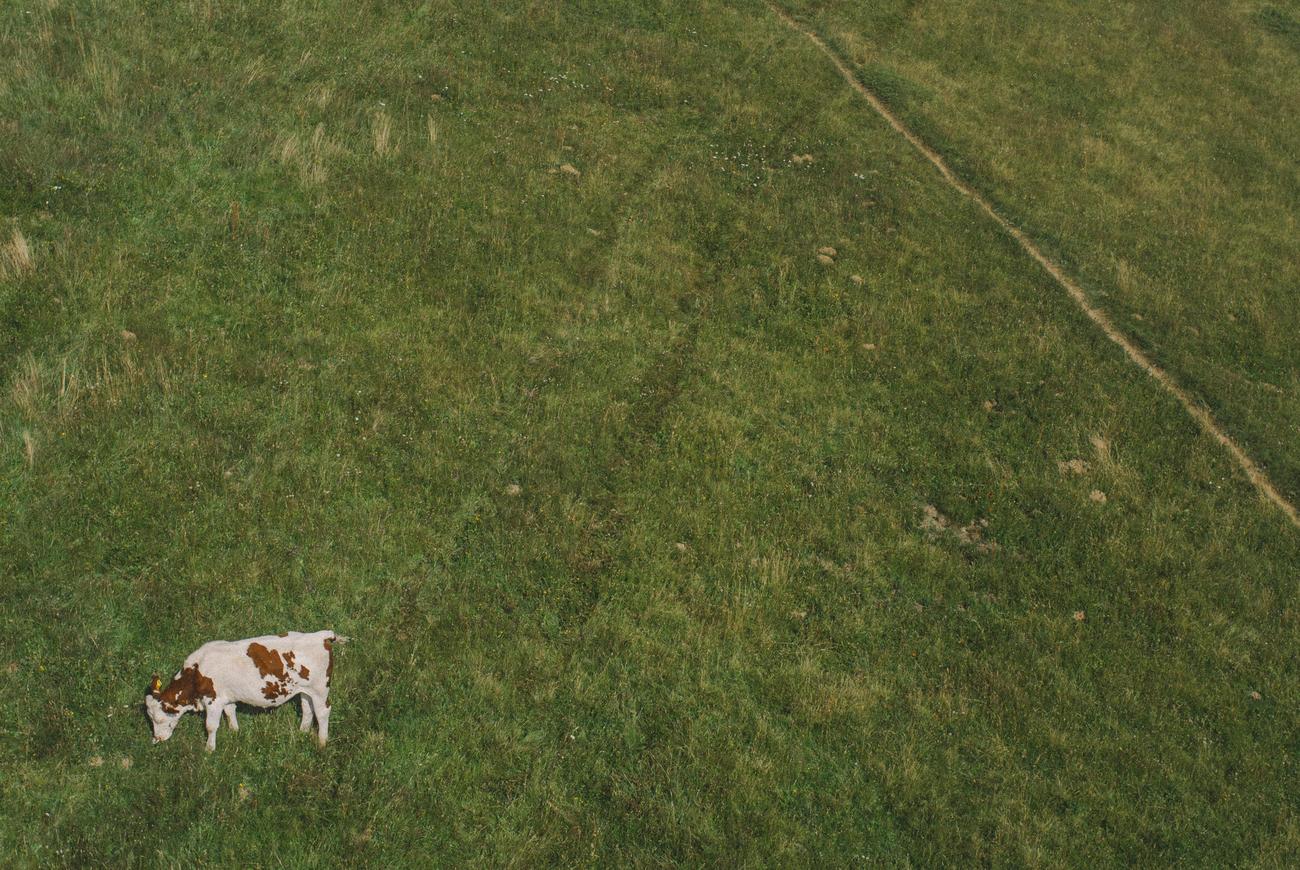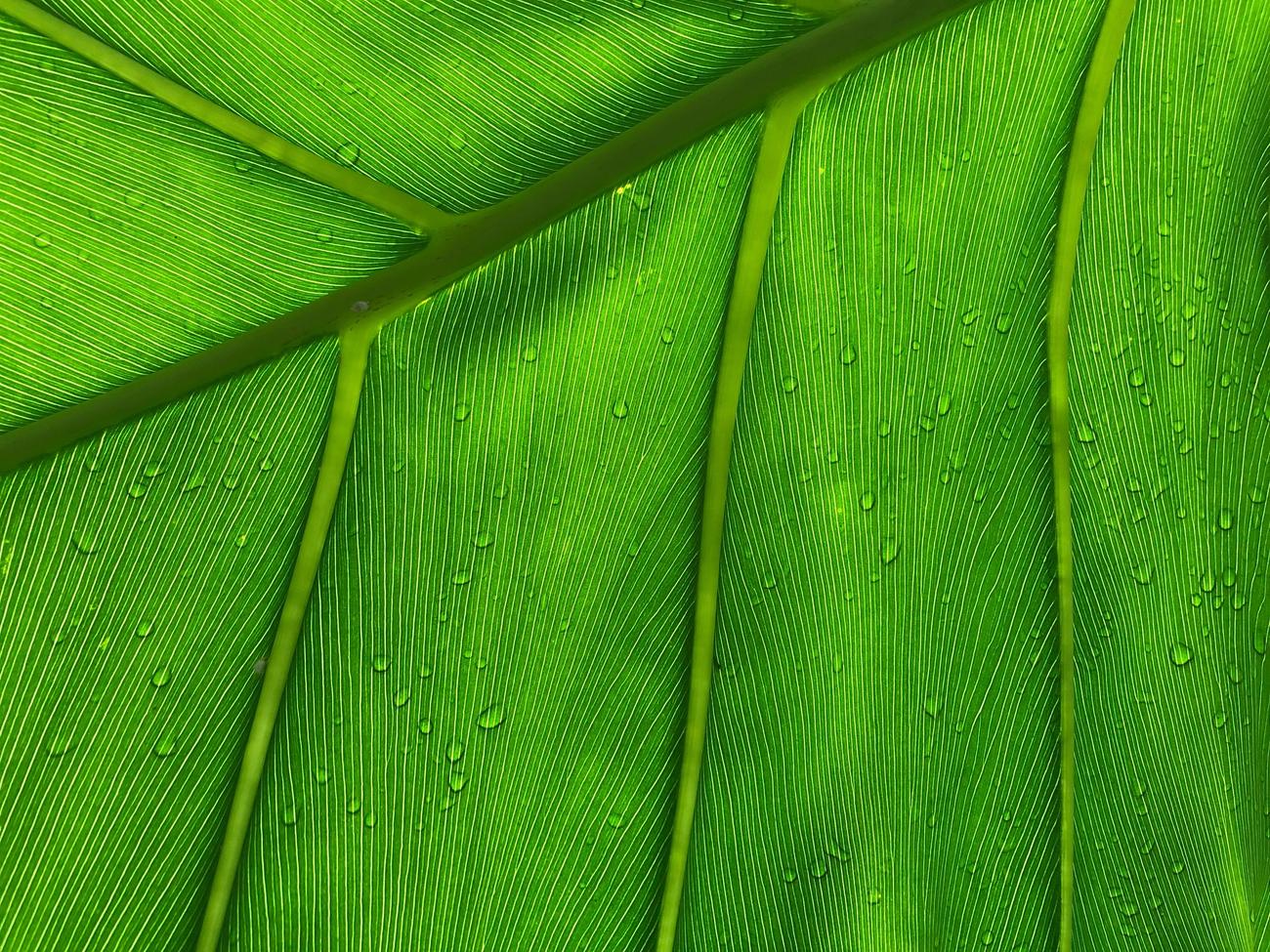Uncovering Green Bubble Wrap: Types, Benefits, and Applications

In today’s world of increasing environmental awareness, finding sustainable alternatives to traditional packaging materials has become crucial. The concept of green bubble wrap offers a promising solution that aligns with eco-conscious practices. But what exactly is green bubble wrap? Simply put, it is an innovative packaging material designed to provide protection while minimizing its impact on the environment. In this article, we will delve into the various types, benefits, and applications of green bubble wrap, shedding light on how it can contribute to a more sustainable future.
What is green bubble wrap?
Green bubble wrap is an innovative and environmentally friendly packaging alternative to traditional plastic bubble wrap. It offers a sustainable solution for protecting fragile items during shipping and transportation while reducing the negative impact on the environment. Green bubble wrap is designed to be lightweight, affordable, 100% recyclable, and naturally biodegradable.
Unlike plastic bubble wrap, green bubble wrap is made from two layers of hexagonal-cut kraft paper with a layer of tissue paper in between. This unique construction provides excellent cushioning and protection for delicate items, ensuring they arrive at their destination in pristine condition. The dispenser for green bubble wrap is conveniently built into the box it is shipped in, making it easy to use and store.
One of the key benefits of green bubble wrap is its sustainability. It is made from renewable materials and does not contribute to the pollution and waste associated with traditional plastic packaging. When it comes to disposal, green bubble wrap can be simply placed in the recycling bin, where it will be processed and reused to create new products.
In addition to its eco-friendly properties, green bubble wrap offers all the protective and functional features of traditional bubble wrap. It is designed to cushion fragile items, absorb shock and impacts during transit, and prevent damage caused by rough handling. This makes it an ideal choice for individuals and businesses looking to reduce their ecological footprint without compromising on product safety.
Green bubble wrap is readily available for purchase on various online platforms such as ecoenclose.com and noissue.co. These platforms specialize in sustainable packaging solutions and offer a range of options to meet different packaging needs.
Overall, green bubble wrap is a game-changer in the world of packaging. It provides a viable alternative to plastic bubble wrap, combining functionality with eco-consciousness. By choosing green bubble wrap, individuals and businesses can contribute to a more sustainable future while ensuring the safe delivery of their goods.
“Green bubble wrap is not just an eco-friendly choice; it’s a smart choice for protecting your fragile items while reducing your environmental impact.”
Bubble wrap is not just a protective packaging material; it is also filled with fascinating fun facts! Did you know that bubble wrap was originally created as wallpaper? Yes, you read that right! It wasn’t until later that its incredible durability and cushioning properties were discovered. If you want to uncover more interesting tidbits about this iconic packaging material, click here: fun facts about bubble wrap. You won’t believe what you’ll learn about this seemingly simple product! So, don’t miss out on this captivating journey into the world of bubble wrap.
How to Insulate a Greenhouse with Bubblewrap
[youtube v=”qNnI5H_35Qw”]
Introduction (H2)
The Process of Bubblewrapping a Greenhouse for Winter Insulation
In this section, we will discuss how to effectively insulate your greenhouse using bubble wrap to keep it warm during the cold winter months. Bubble wrap is a cost-effective and efficient solution for maintaining a cozy environment for your tropical and exotic plants. By following a few simple steps, you can ensure that your greenhouse remains insulated and your plants thrive throughout the winter.
Tips for Bubblewrapping Your Greenhouse
Before we dive into the process, let’s go over some essential tips to make your bubblewrapping experience more successful:
-
Plan ahead: Make sure you purchase enough bubble wrap to cover your entire greenhouse. Having more than you think you need is always better than running out in the middle of the insulation process.
-
Gather necessary fixings: Ensure you have enough attachments, such as alley plugs or staples, to securely fasten the bubble wrap to the inside of your greenhouse.
-
Stay hydrated: As you work on bubblewrapping your greenhouse, it will become noticeably warmer inside. Stay hydrated by drinking plenty of water throughout the process.
-
Resist the urge to pop bubbles: While it may be tempting to pop the bubbles in the bubble wrap, keep in mind that this will reduce its effectiveness as an insulator. Preserve as many bubbles as possible for optimal insulation.
Insulating Your Greenhouse with Bubblewrap
To start insulating your greenhouse with bubble wrap, you will need the following materials: bubble wrap, fixings (alley plugs, staples, pins, or tape), and a measuring tool. The process is similar for both aluminum-framed and wooden-framed greenhouses.
- Measure each glass panel: Begin by measuring the dimensions of each glass panel individually. Cut a piece of bubble wrap slightly larger than the panel to ensure it overlaps the edges.
“By cutting each piece of bubble wrap to the size of the glass panel, it’s easier to handle and reduces the chance of gaps in the insulation.”
- Attach the bubble wrap: Use appropriate fixings to attach the bubble wrap to the greenhouse frame. For aluminum frames, alley plugs are a suitable option. Insert one part of the alley plug into the groove and twist to secure the bubble wrap.
“The use of alley plugs provides a secure and easily removable method of attaching the bubble wrap to the greenhouse frame.”
- Create overlap and ensure a snug fit: Ensure there are no gaps in the insulation by overlapping the edges of each bubble wrap panel. This prevents cold air from seeping in.
“Getting a snug fit and overlapping the bubble wrap panels ensures optimal insulation without any gaps.
- Adjust for existing plants: If you already have plants in your greenhouse, you may need to work around them. If possible, find a way to slide the bubble wrap behind staging or shelves without disturbing the plants.
“With a bit of creativity and flexibility, it’s possible to insulate your greenhouse even with plants in place. Look for gaps and spaces where you can tuck the bubble wrap without displacing your plants.”
Maintaining Your Insulated Greenhouse
Once the bubble wrap is securely in place, you can enjoy the benefits of a well-insulated greenhouse. However, make sure to follow these additional tips to maintain an optimal growing environment:
-
Ventilation: Leave the bottom vents covered with bubble wrap to provide insulation. When needed, unroll the bubble wrap or open the vents to allow for air circulation and cooling.
-
Top vents: Tuck the bubble wrap behind the hinges of the top vents, enabling them to automatically open when the greenhouse temperature rises. This ensures that the bubble wrap doesn’t interfere with the vents’ functionality.
Conclusion (H2)
Now that you know how to properly insulate your greenhouse with bubble wrap, you can create a warm and cozy environment for your tropical and exotic plants during the winter months. Plan ahead, measure accurately, and securely attach the bubble wrap to ensure optimal insulation. By following these steps, you can enjoy a thriving greenhouse garden even when the temperature drops outside.

FAQ
What is green bubble wrap made of?
Green bubble wrap is made of two layers of hexagonal-cut kraft paper with a layer of tissue paper in between. It is a sustainable packaging alternative to plastic bubble wrap.
Is green bubble wrap recyclable?
Yes, green bubble wrap is 100% recyclable. It can be recycled just like regular paper products, making it an eco-friendly option for packaging.
How does green bubble wrap provide protection?
Green bubble wrap provides cushioning and protection for fragile items just like traditional bubble wrap. The expanded outer layer created using the built-in dispenser offers excellent shock absorption properties.
Where can I purchase green bubble wrap?
You can purchase green bubble wrap on ecoenclose.com and noissue.co. These websites offer a range of sustainable packaging options, including green bubble wrap, for environmentally conscious consumers.
What are the benefits of using green bubble wrap?
The benefits of using green bubble wrap include its lightweight and affordable nature, as well as its natural biodegradability. It offers an environmentally conscious alternative to traditional packaging options without compromising on protection and cushioning for fragile items.
- Unveiling the Enigma: Mansoureh Khojasteh Bagherzadeh’s Public Appearances & Private Life in Iran - July 18, 2025
- Unveiling the Mystery: Mansoureh Khojasteh Bagherzadeh’s Husband: A Rare Glimpse into a Private Life - July 18, 2025
- Unveiling Masoud Khamenei’s Mother: Power, Influence, and Iran’s Future - July 18, 2025
















